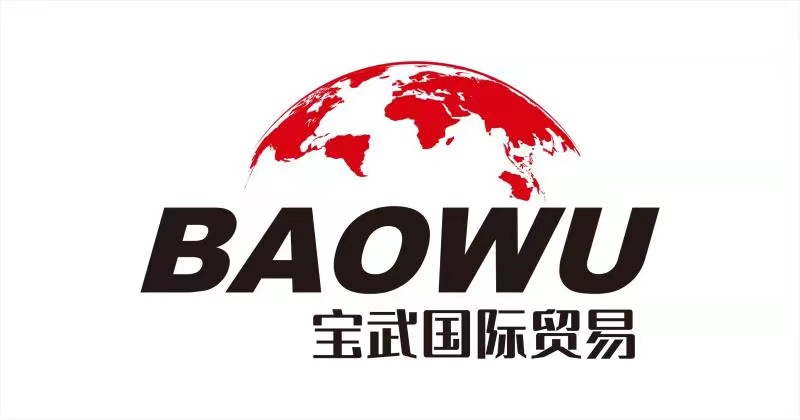In this article, let Baowu take you to understand one of them, why is the flange of I-beam thicker than the web?
I-beam, also known as steel beam, is a long strip of steel with an I-shaped section. I-beams are divided into ordinary I-beams and light I-beams. It is a section steel with an I-shaped section.
Whether the I-beam is ordinary or light, due to the relatively high and narrow section size, the moment of inertia of the two main axes of the section is quite different, so it can only be directly used for bending in the plane of its web. member or form it into a lattice-type force-bearing member. It is not suitable for axial compression members or members that are perpendicular to the plane of the web and bending, which makes it very limited in the scope of application. I-beams are widely used in construction or other metal structures.
So why is the I-beam flange thicker than the web?
In steel beams, when the height-to-thickness ratio or width-to-thickness ratio of the web or flange is too large, it is possible that the web or flange of the beam may deviate from its original plane position before the beam suffers strength failure or loses overall stability. wave-like buckling, a phenomenon known as local buckling of steel beams.
It is designed according to the principle of mechanics, under the premise of satisfying the load, using the least material, and it is structurally related to the height of the web.
The section type of the steel structure column beam flange plate is "I, T, ⊥, L, Γ, Π" and so on. It consists of horizontal and vertical pieces. The vertical pieces can be called webs because they are located in the waist and abdomen; the transverse pieces are called flanges, which are farther away from the centroid of the section and contribute the most to the bending stiffness of the section. Therefore, when making steel materials, flange plates are often used. Thicker than the web is the reason.
The above is the reason why the I-beam flange is thicker than the web. If you want to know more, please pay attention to Baowu at any time.
By clicking 'Allow All', you agree to the storage of cookies on your device to enhance site navigation, analyze site usage and assist with our marketing efforts. Coo Cookie Notice






